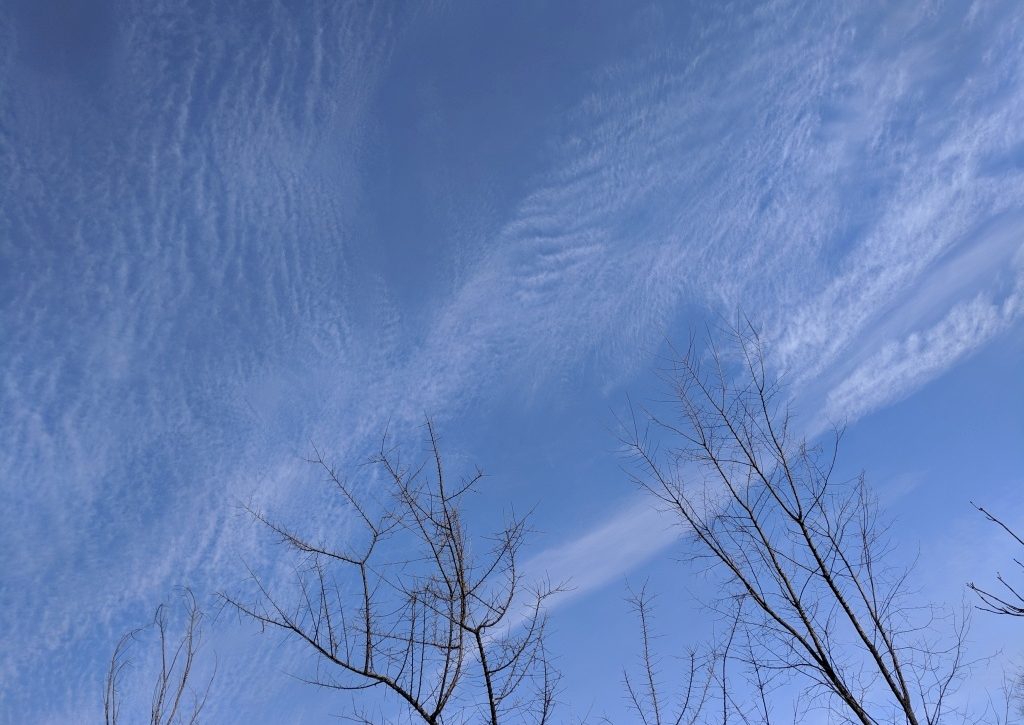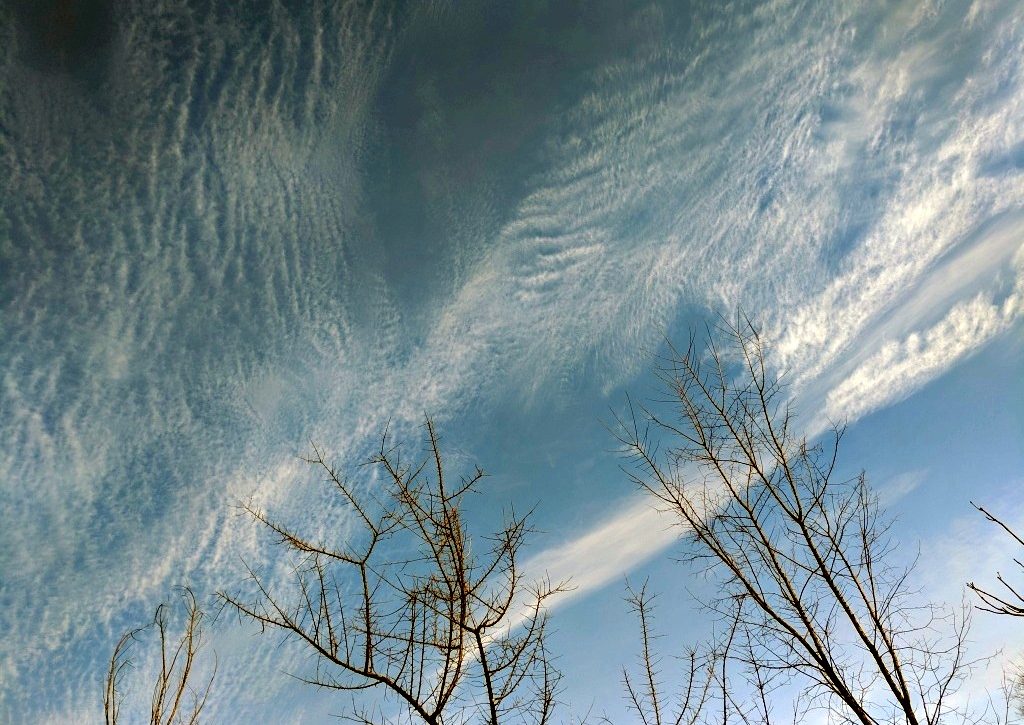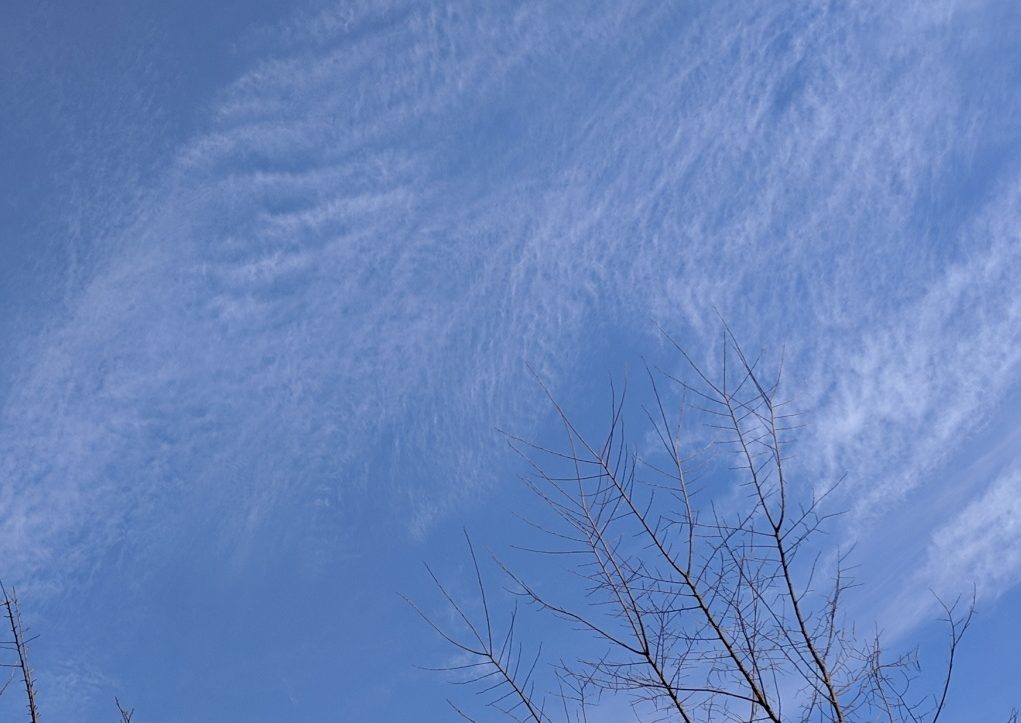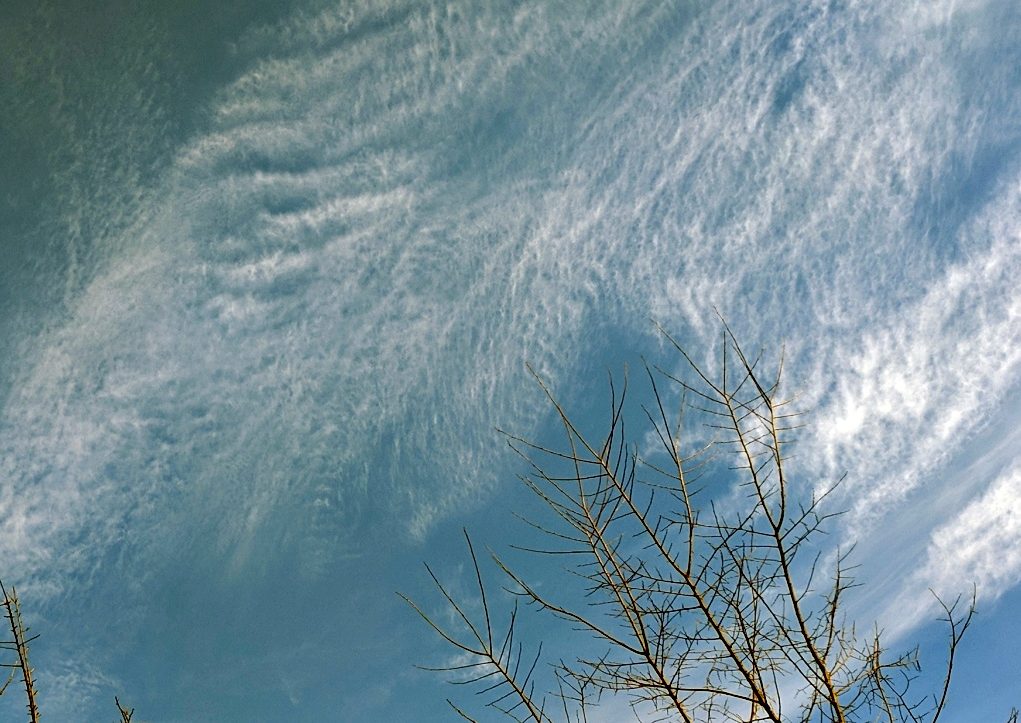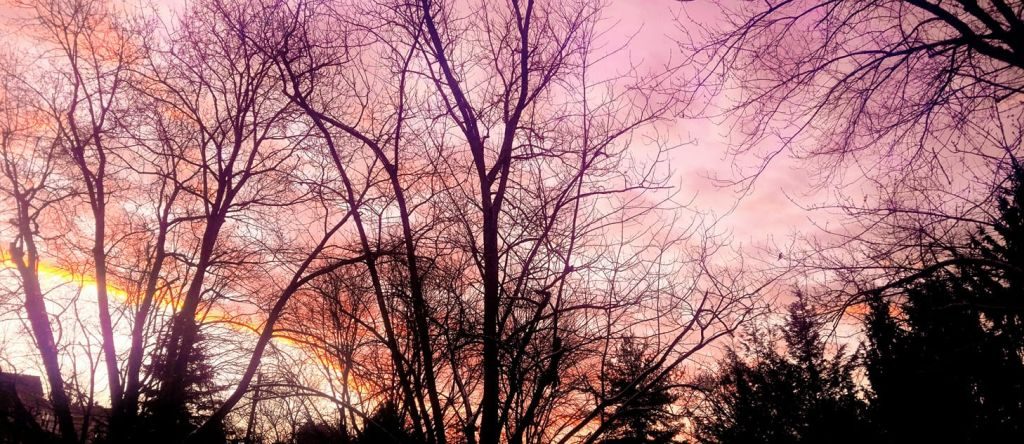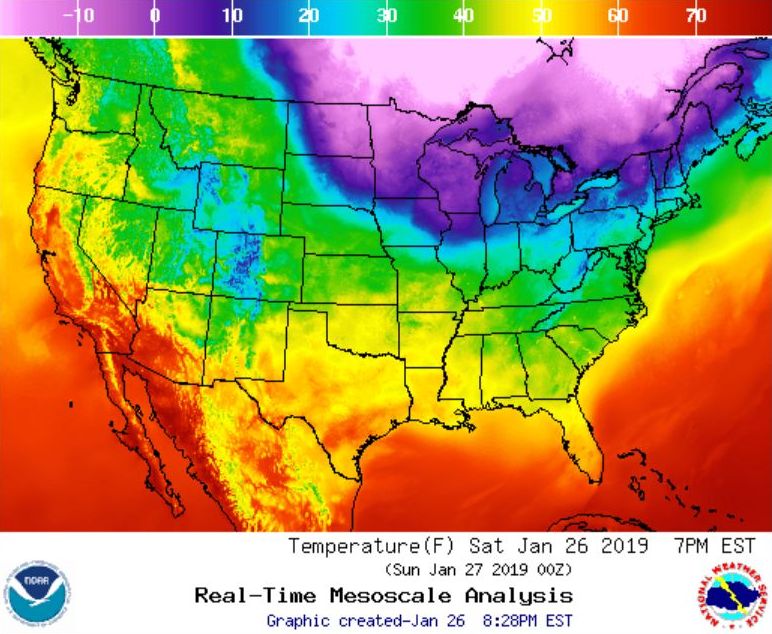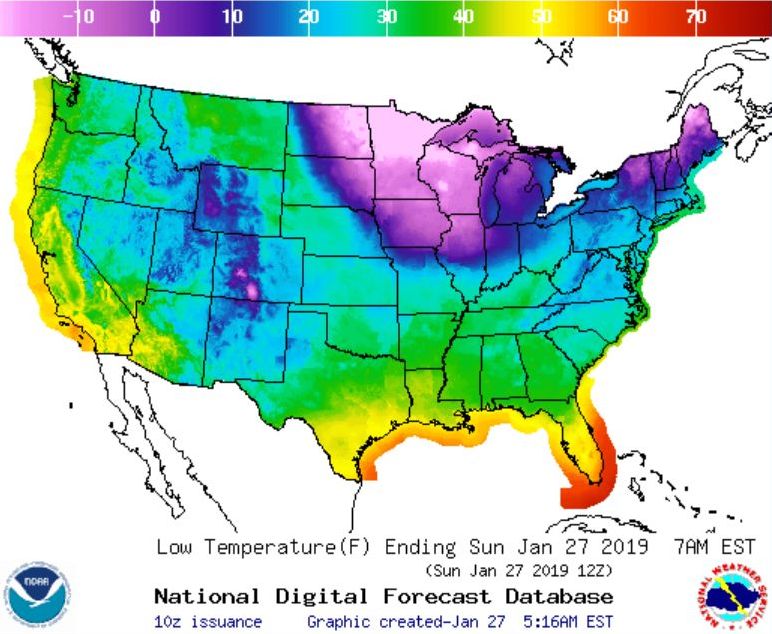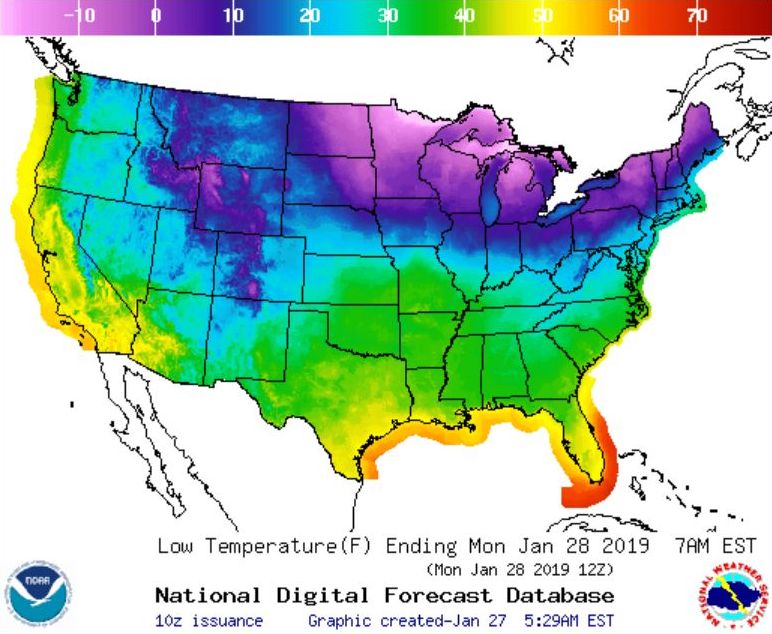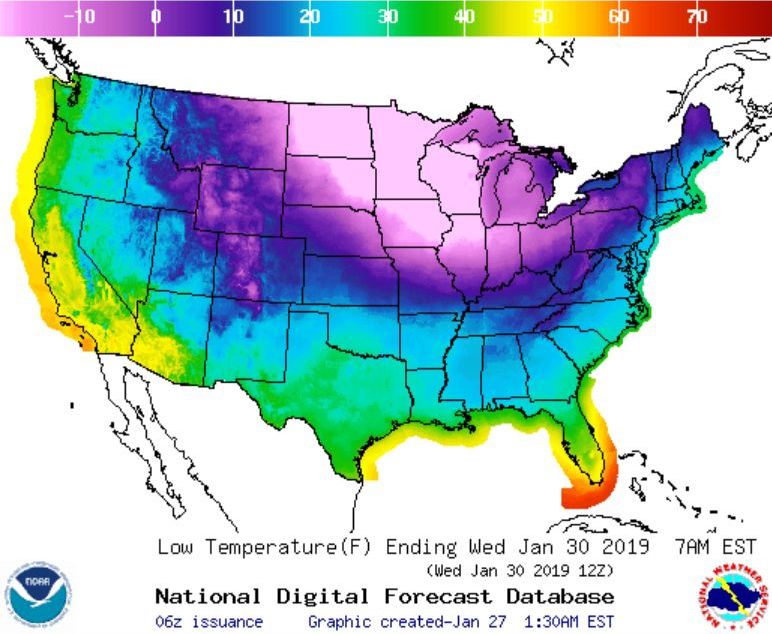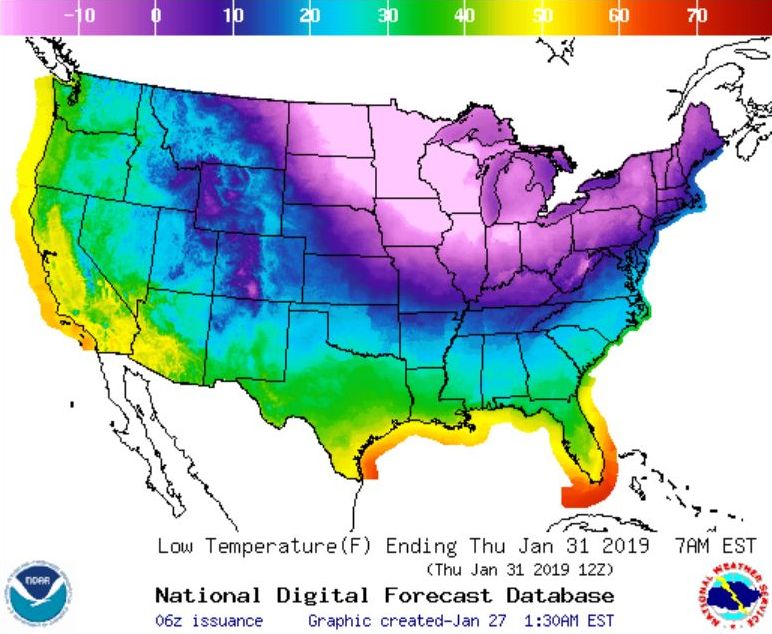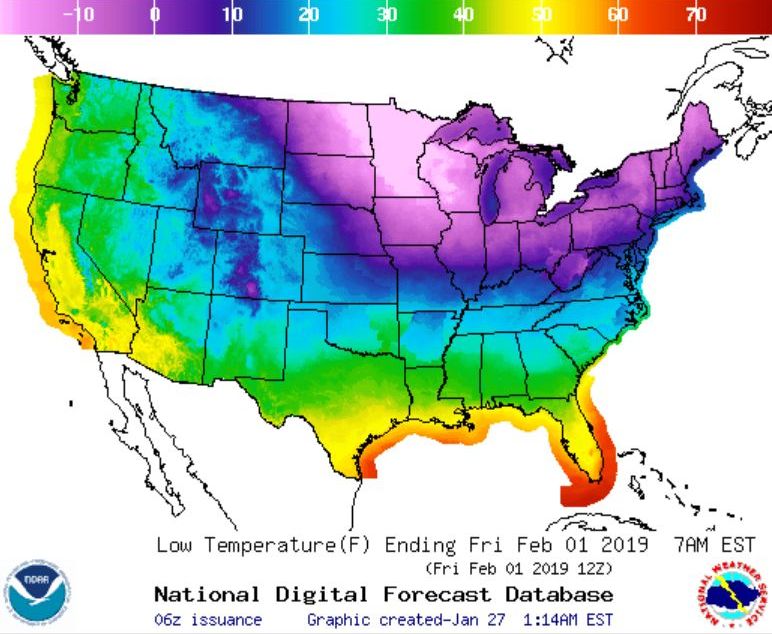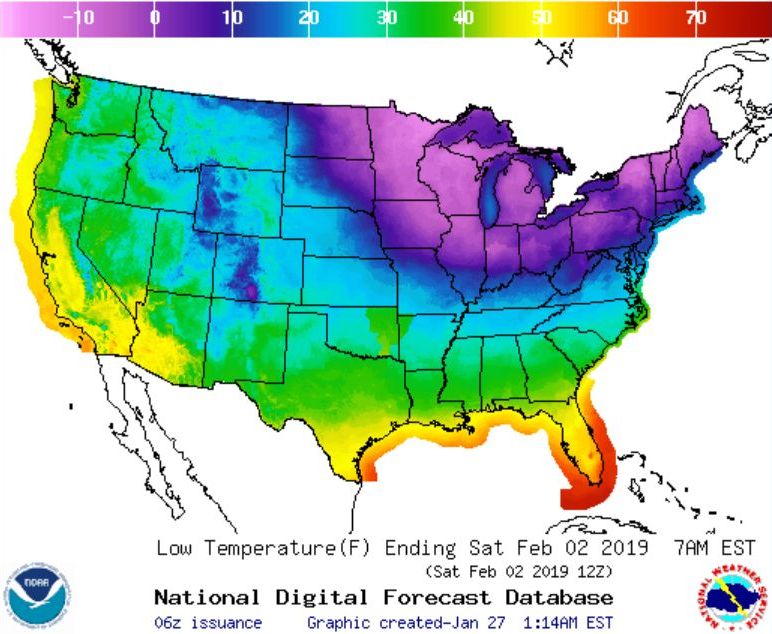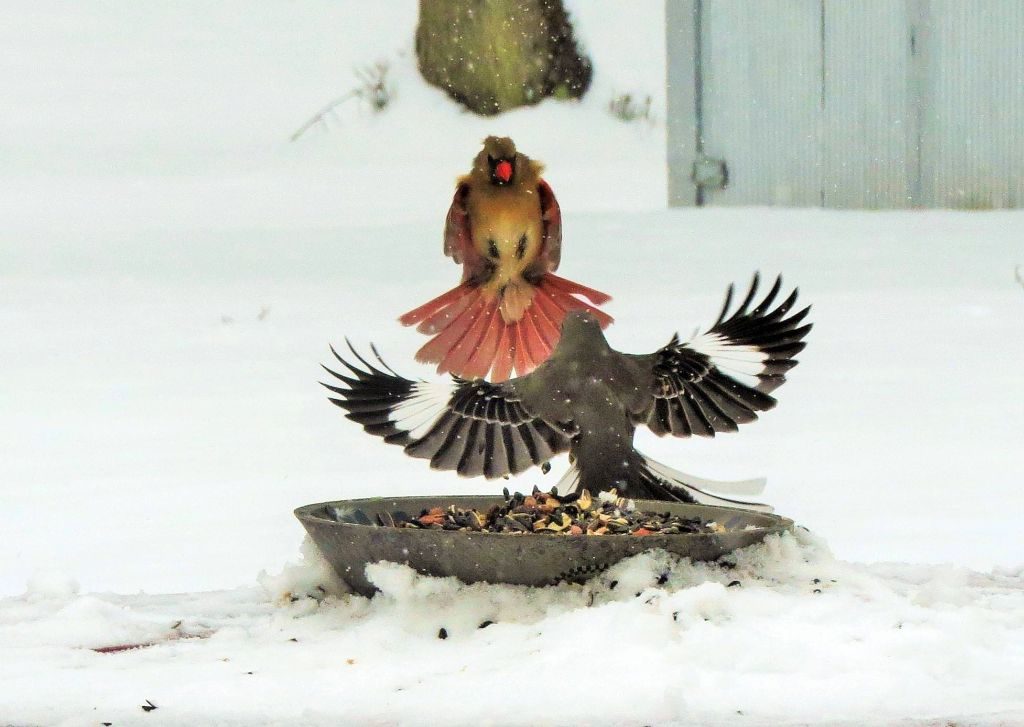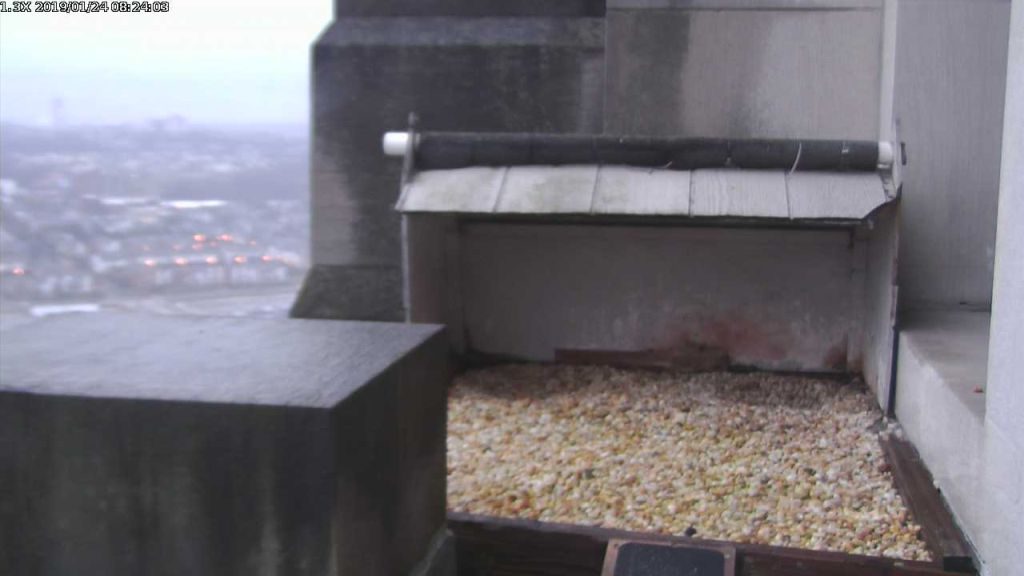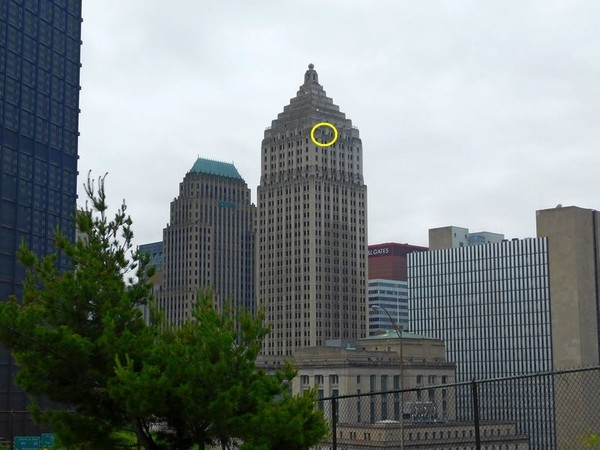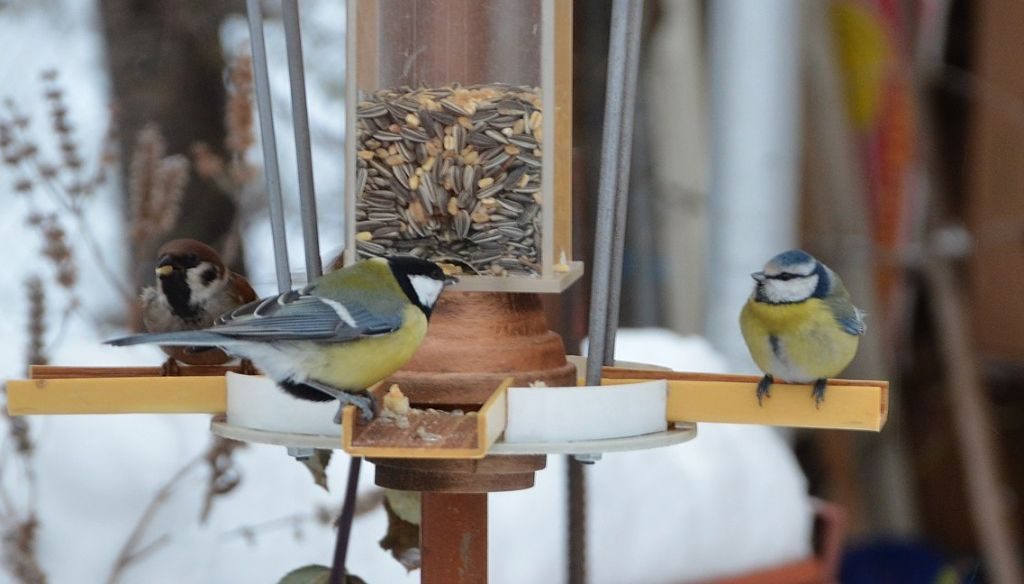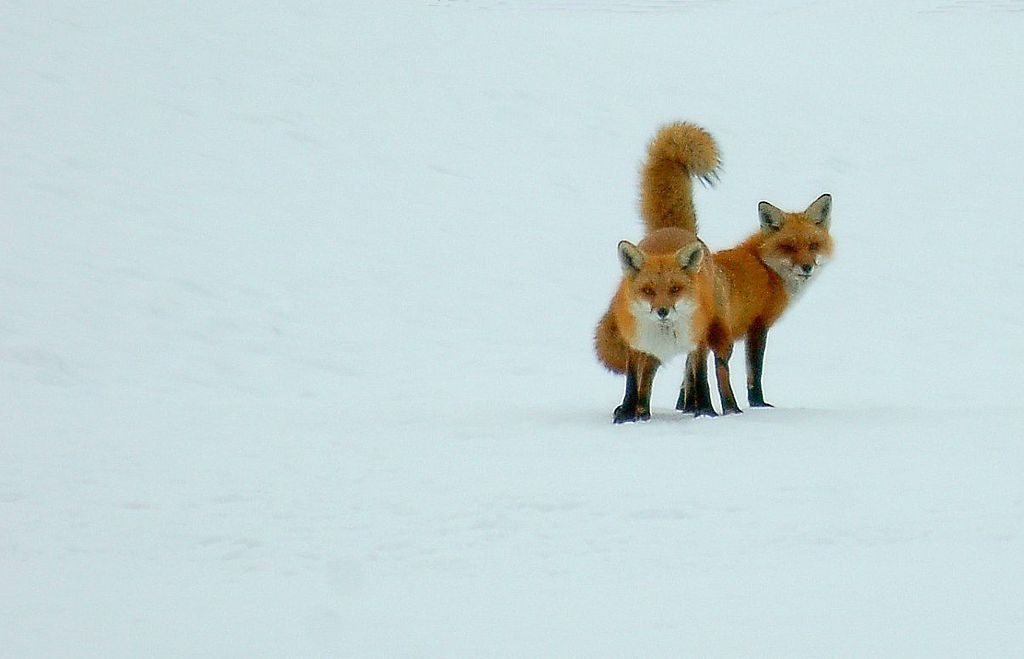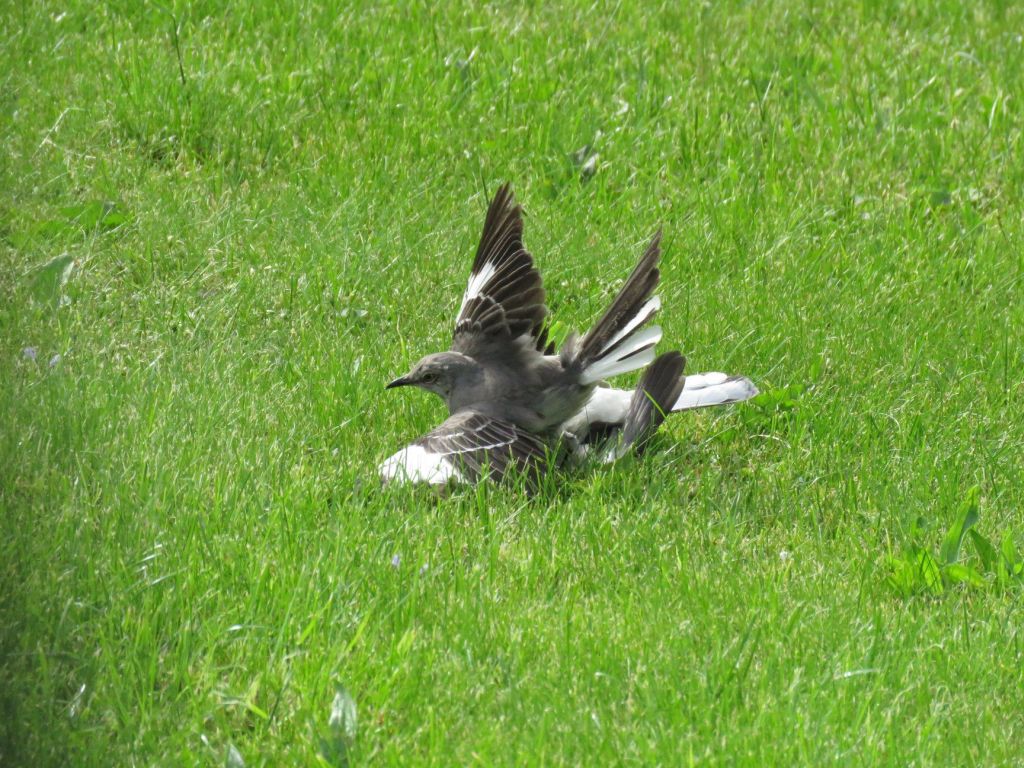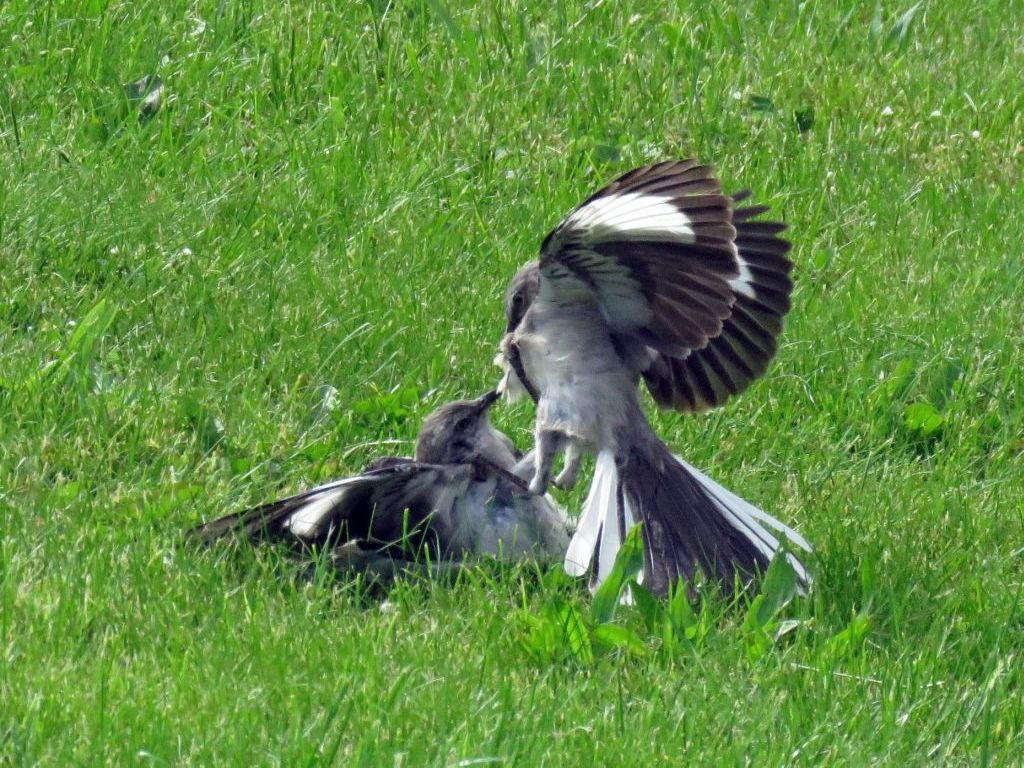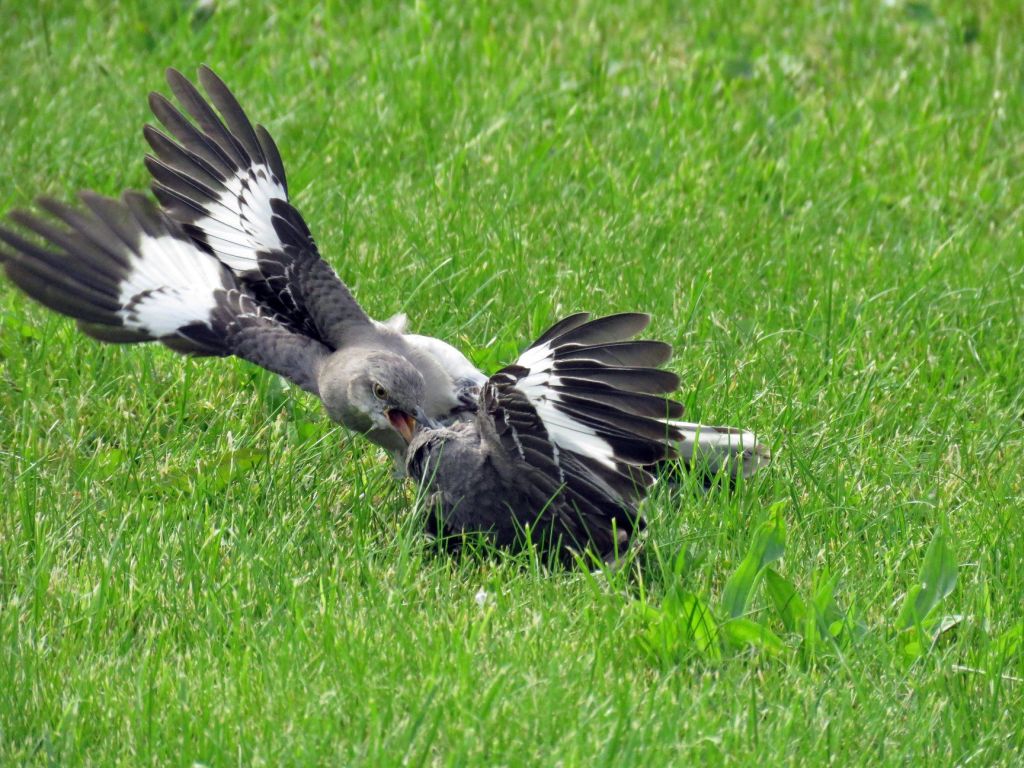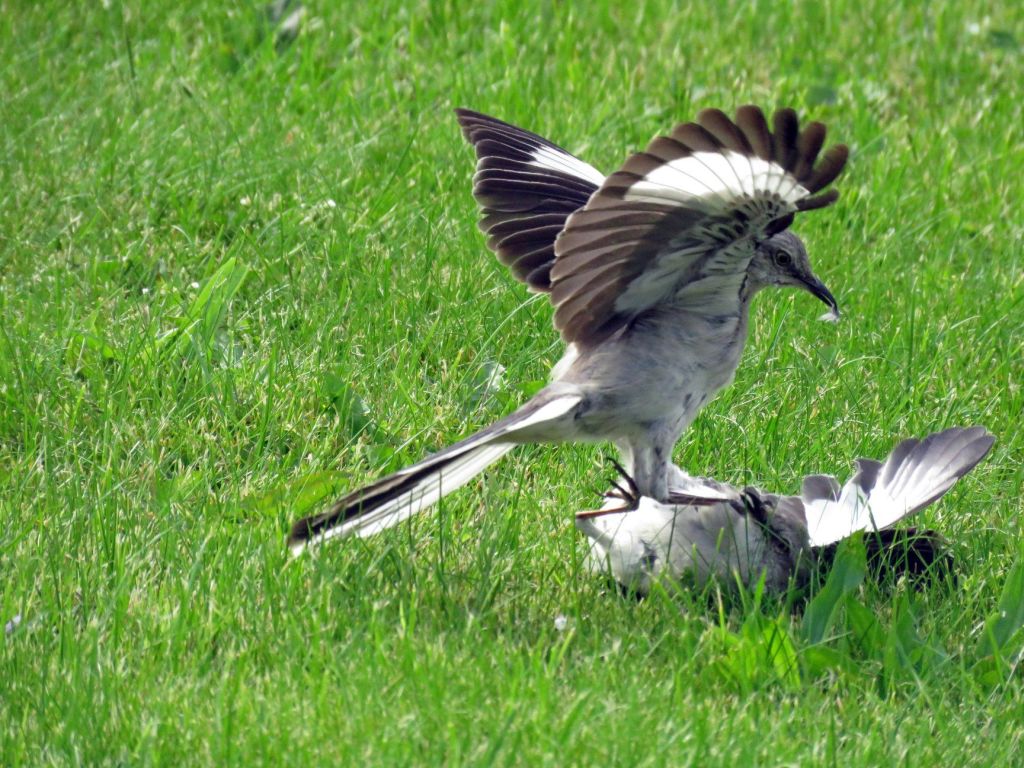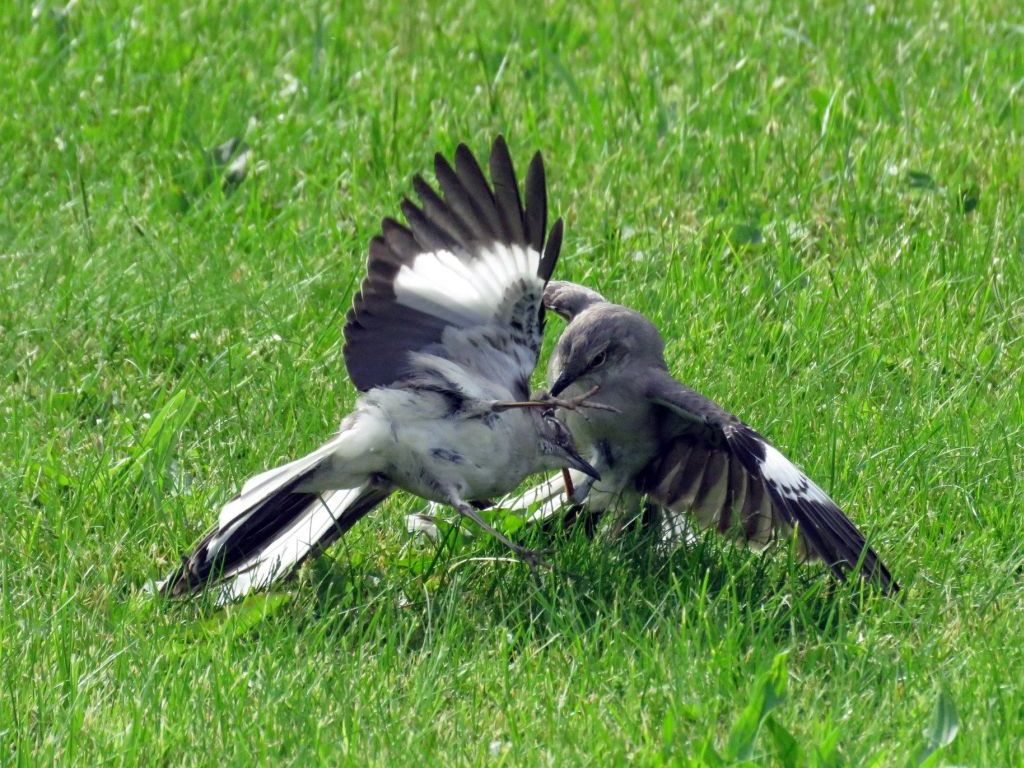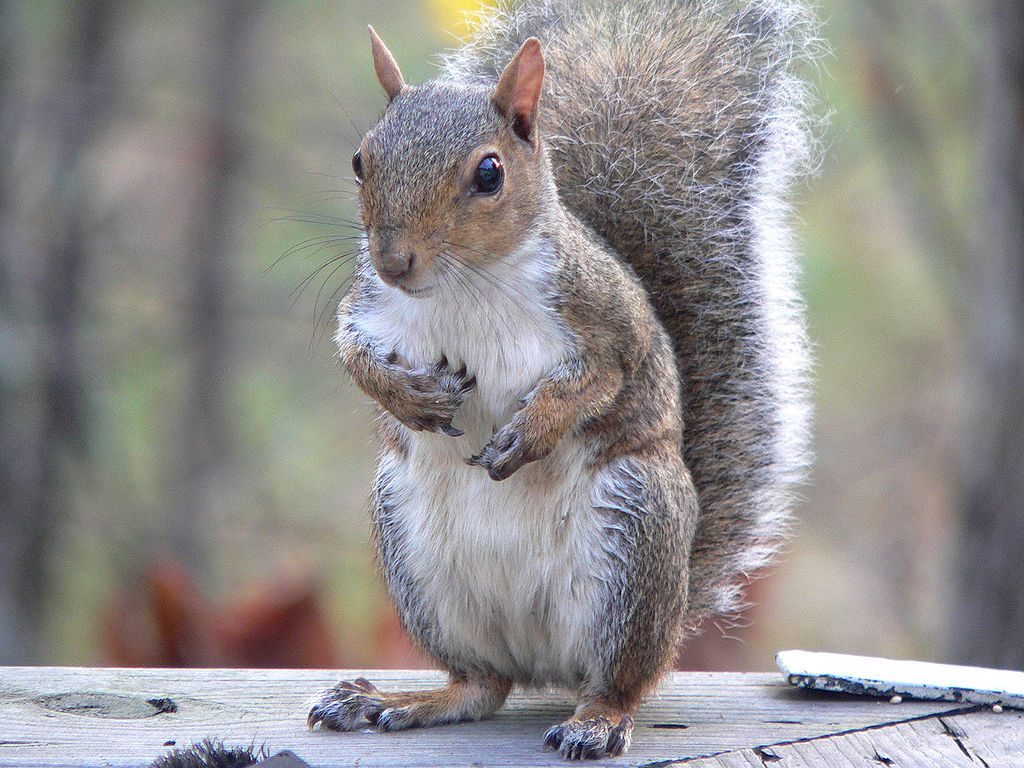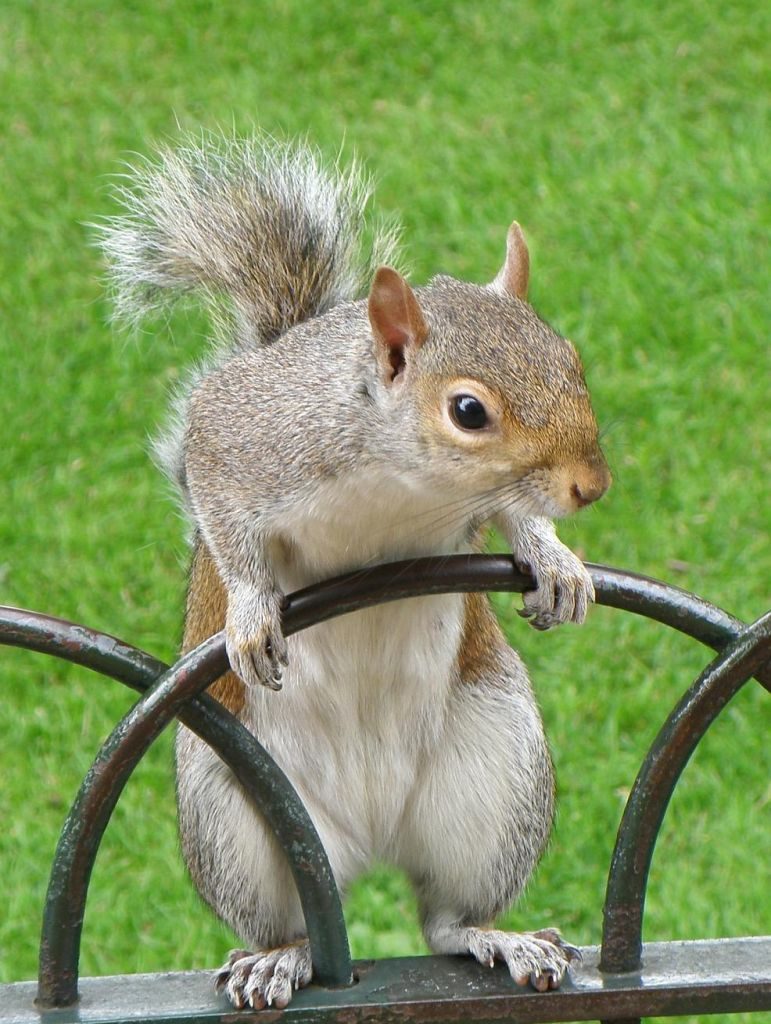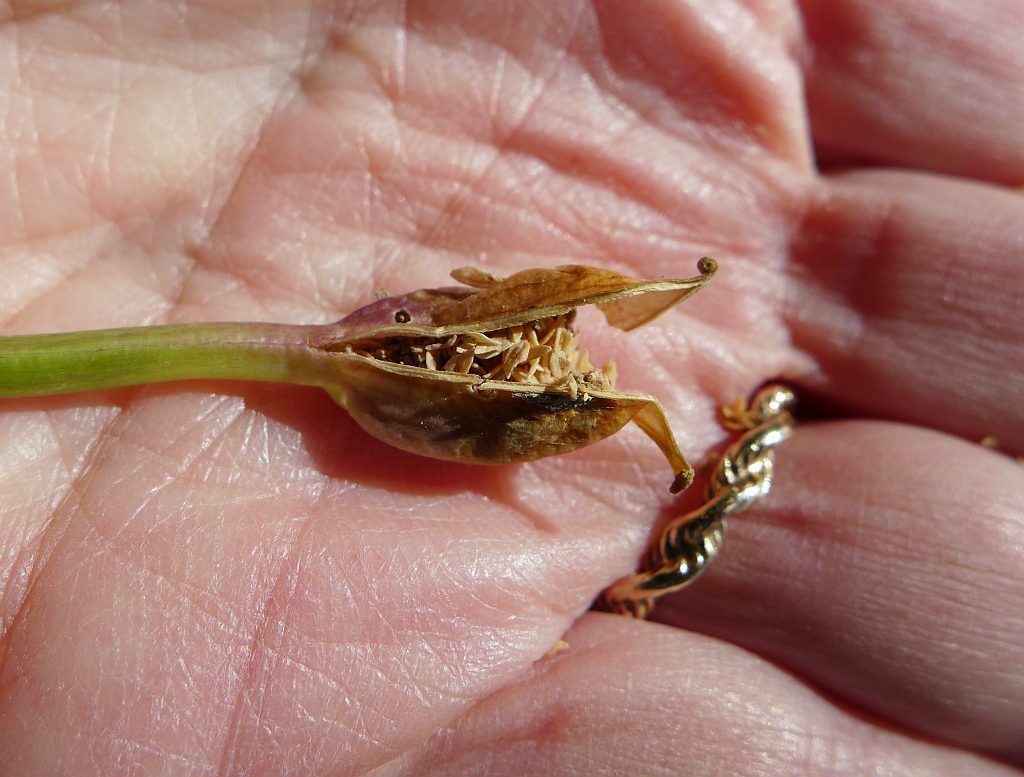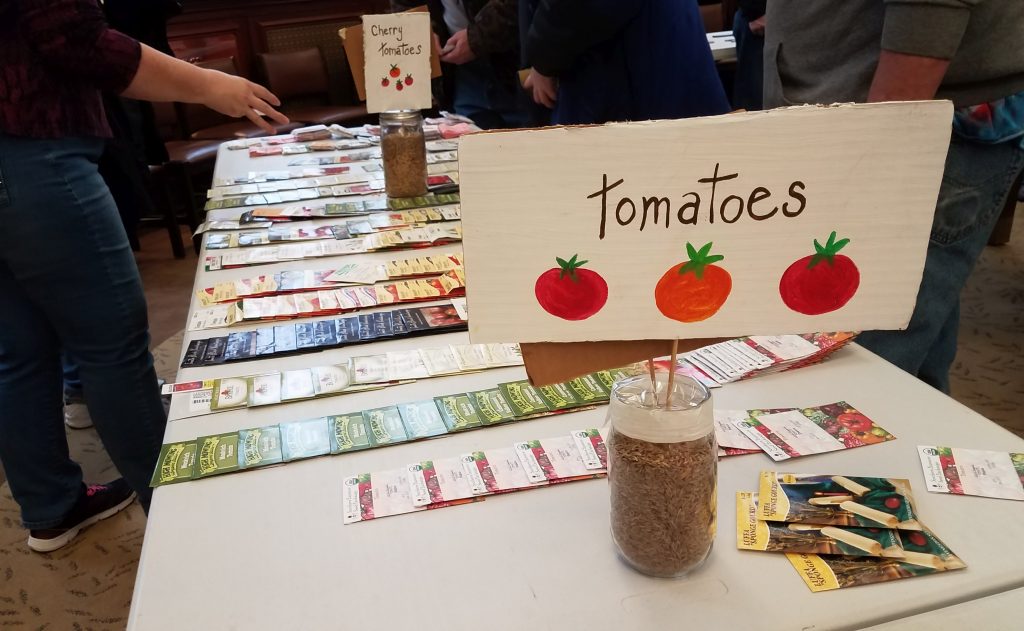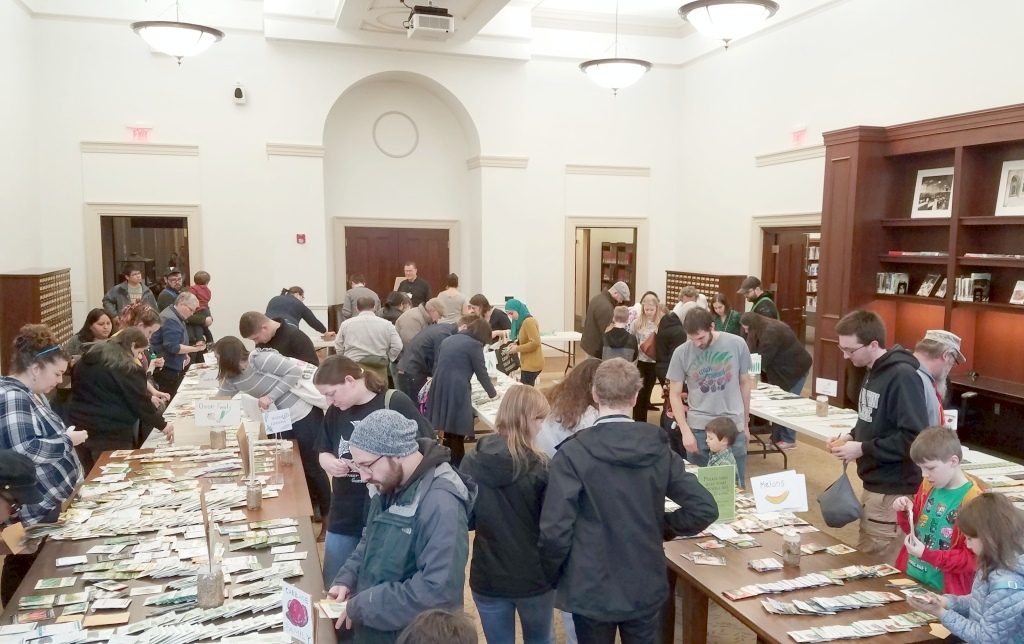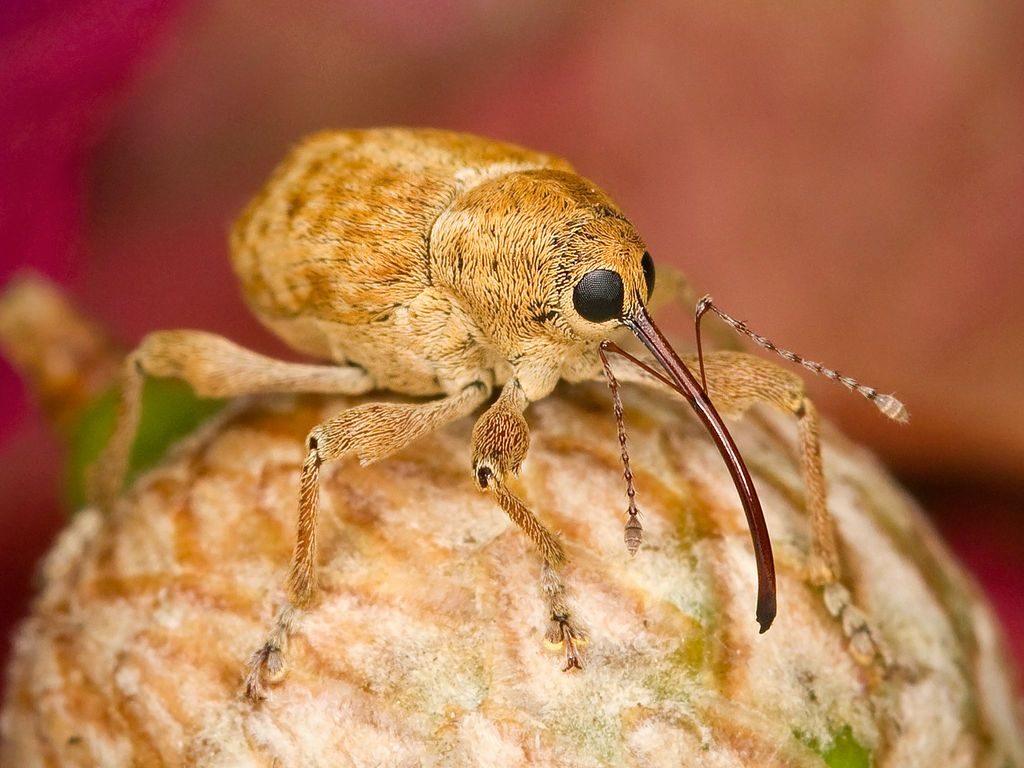
Nut weevils are so small that you have to look hard to find them, but even if you search carefully you’ll never see this one in Pennsylvania.
The filbert weevil (Curculio occidentis) lives in western North America from British Columbia to Mexico. Dressed in “fur,” with big black eyes, a long thin snout, and elbowed antennae he’s only 1/4 inch long and 1/8 inch wide.
His common name is misleading. Like all weevils he’s a plant specialist who focuses on a single host and that host is not filberts. Curculio occidentis eats oaks (Quercus), specifically acorns. He’d never seen a filbert, the European hazelnut (Corylus avellana), until we imported them. Perhaps he ate one in the last century but no one talks about it anymore. European hazelnuts are grown in Oregon while the filbert weevil is found on oaks, mostly in California. Since acorns aren’t a cash crop this bug engenders few complaints unless you care deeply about acorns.
The filbert weevil begins life in an acorn. His mother chews a deep hole in an immature acorn and lays two to four eggs inside. When the eggs hatch the larvae eat the acorn meat, then eat their way out of the acorn, fall to the ground, burrow into the soil, and pupate one or two years later.
Here’s a video of his mother chewing a hole in an acorn, another female barging in on her to take over the hole, then his father shows up to mate with her.
Their lives are exciting but they’re so small that we see no weevil.
(featured picture of a filbert weevil from Wikimedia Commons; click on the caption to see the original. video by mwkozlowski on YouTube)
